The established art scene of Glasgow is used to taking centre stage. The city and renowned art school have both seen numerous Turner Prize winners and creatives pass through them. As many artists move to Glasgow at the early stage of their career, the city’s art scene has grown organically with many grassroots galleries, collectives and organisations popping up across the city’s venues.
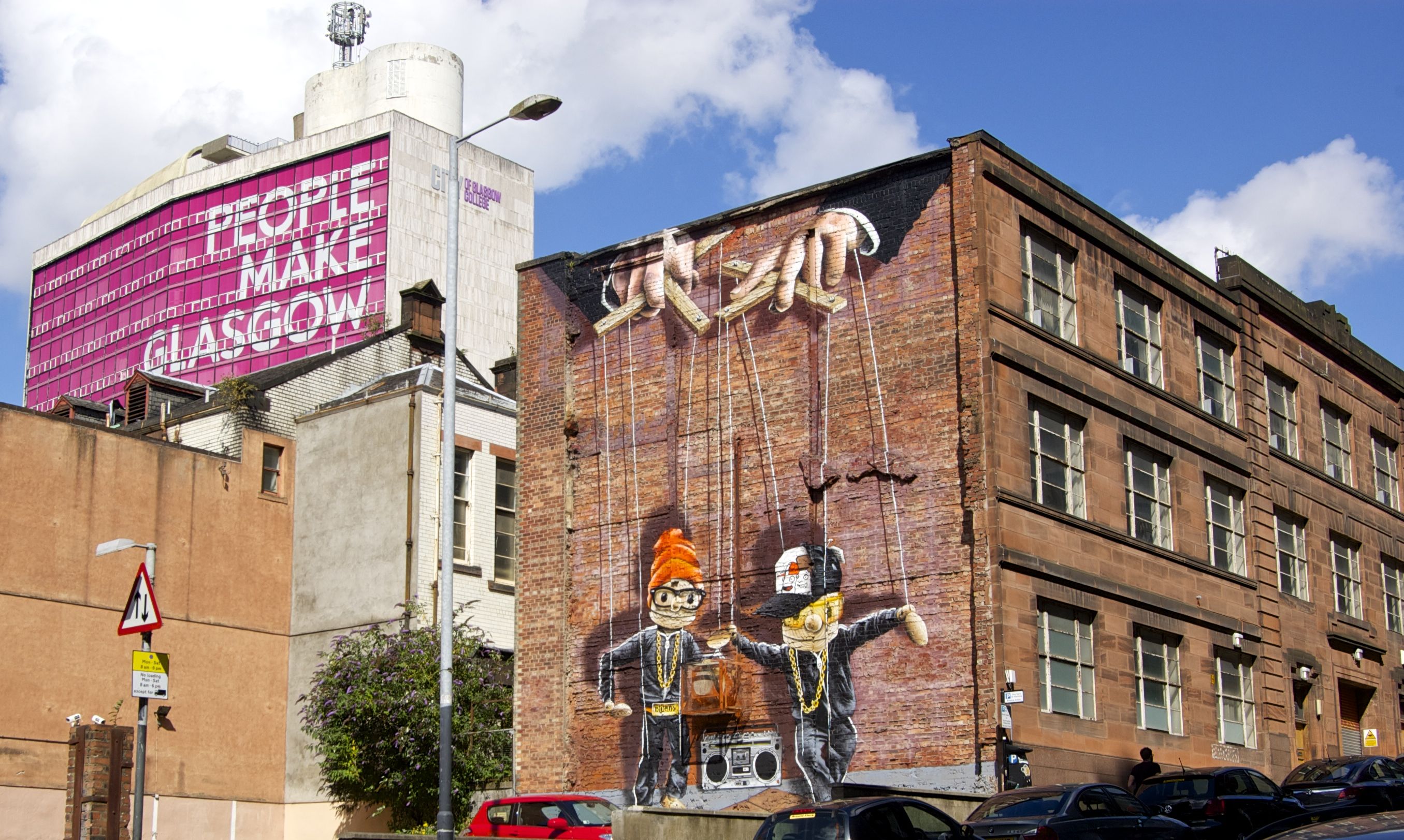
Artworks are found on both gallery and street walls of Glasgow (Photo: J Tweedie via Flickr)
The gallery system in Glasgow is a little peculiar. It might be a surprise given the creativity of the city, but commercial galleries aren’t as common as you might expect from an established art capital. The methods of exhibiting of art and curation of spaces reflects the artists that live here: diverse, innovative and close-knit. Instead of building galleries, many opt to, instead, host pop-up events in a variety of disused spaces across the city. To get a feel of the creative culture that exists in the city, we’ve highlighted a number of unique gallery spaces across the city. These venues include classic galleries, pop-up exhibits and areas with collaborative studio and exhibition space.
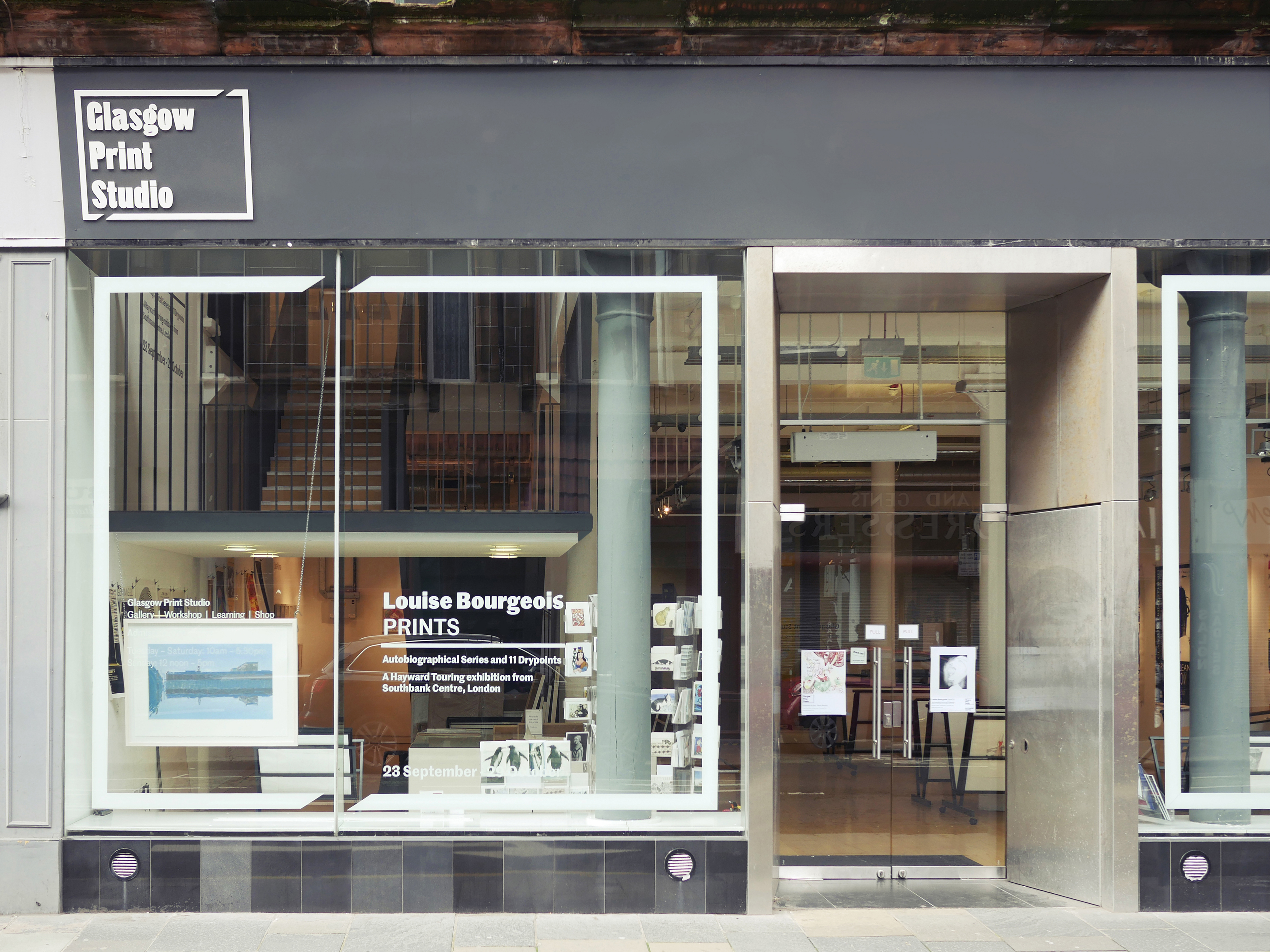
Studios and gallery space make up the Glasgow Print Studio (Photo: Glasgow Print Studio)
Glasgow Print Studio
Established in 1972, Glasgow Print Studio is an example of the gallery-cum-workshop space that has firm roots in Glasgow’s creative past: now, inherited by the city’s new generation of artists. Based the Centre of Arts at Trongate 103, the venue provides studio space and workshop facilities to artists working in printmaking. Resident artists use innovative contemporary practices as well as traditional methods to craft prints from wooden panels, sheets of lino, acrylic, glass or metal. The studio also hosts a gallery space where exhibitions, talks and events take place throughout the year. On sale here are a range of prints created by local Scottish and international artists. Profits from the studio are invested into workshop running costs, educational courses and exhibitions in order to aid artists in creating and exhibiting their prints. Alongside Street Level Photoworks, listed below, the Glasgow Print Studio makes up Centre of Arts at Trongate 103.
103 Trongate
Street Level Photoworks
Street Level makes up the photographic branch of the Centre of Arts at Trongate 103. Supporting emerging photographers, its exhibitions include Futureproof: the annual showcase of graduating photographic talent from Scotland’s creative institutions. A gallery with photographic production facilities, and accessible to all photographers, visitors can pick up editioned prints by artists both local and international as well as photographic magazines, self-published zines and books.
103 Trongate
The Modern Institute
The largest commercial gallery on the list, The Modern Institute selects both internationally established and emerging artists for its exhibition programme. Residing in two spaces in Glasgow’s Merchant City, the main gallery is found at the Osborne Street location. Both public and private exhibitions are showcased here and the venue also contributes to the art fairs and events that take place in the city. The Institute represents many well-known artists who previously worked locally and continues to support Glasgow-based artists in order to maintain the city’s arts status.
14-20 Osborne Street & 3 Aird’s Lane
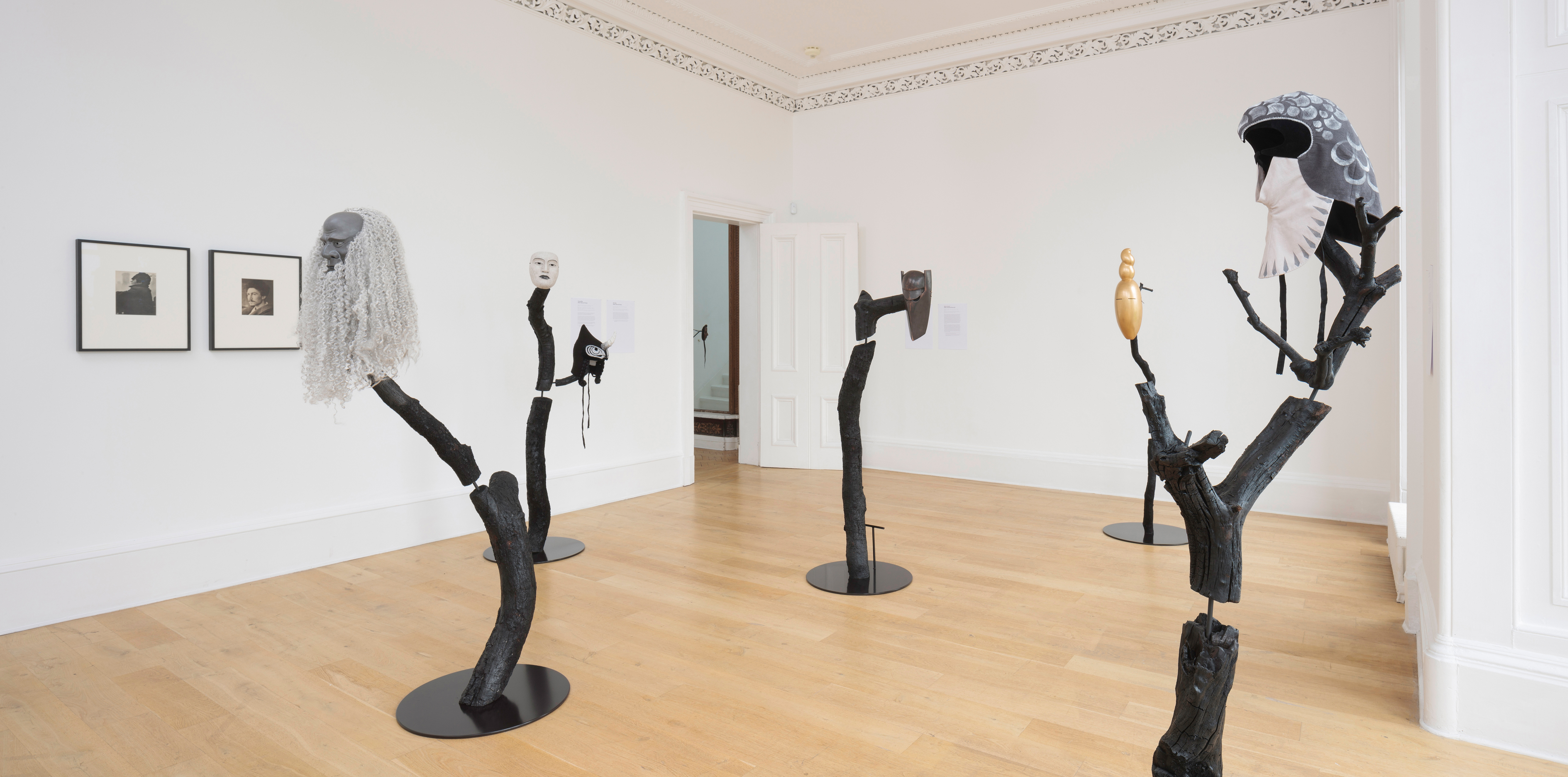
Simon Starling ‘At Twilight’, The Common Guild 2016 (Photo: Ruth Clark via The Common Guild)
The Common Guild
Projects, events and exhibitions take place over two floors in this grand, Victorian townhouse situated west of the city centre- next to Kelvingrove Park. Unlike many of other galleries in the city, The Common Guild is a firmly established space rather than one built from the grassroots and DIY culture that spreads throughout the city. The premises are owned by Turner Prize-winning artist Douglas Gordon with his collection of books featuring in the unique library, designed by artist Andrew Miller, alongside catalogues and publications. The exhibition programme at the Common Guild is strong and unique, previously featuring solo shows by a number of Turner Prize-winning artists and nominees: Wolfgang Tillmans, Janice Kerbel, and Tacita Dean to name a few. Both the character of the space and accolades by those exhibiting and commissioned here cement its status within the city’s thriving art scene.
21 Woodlands Terrace
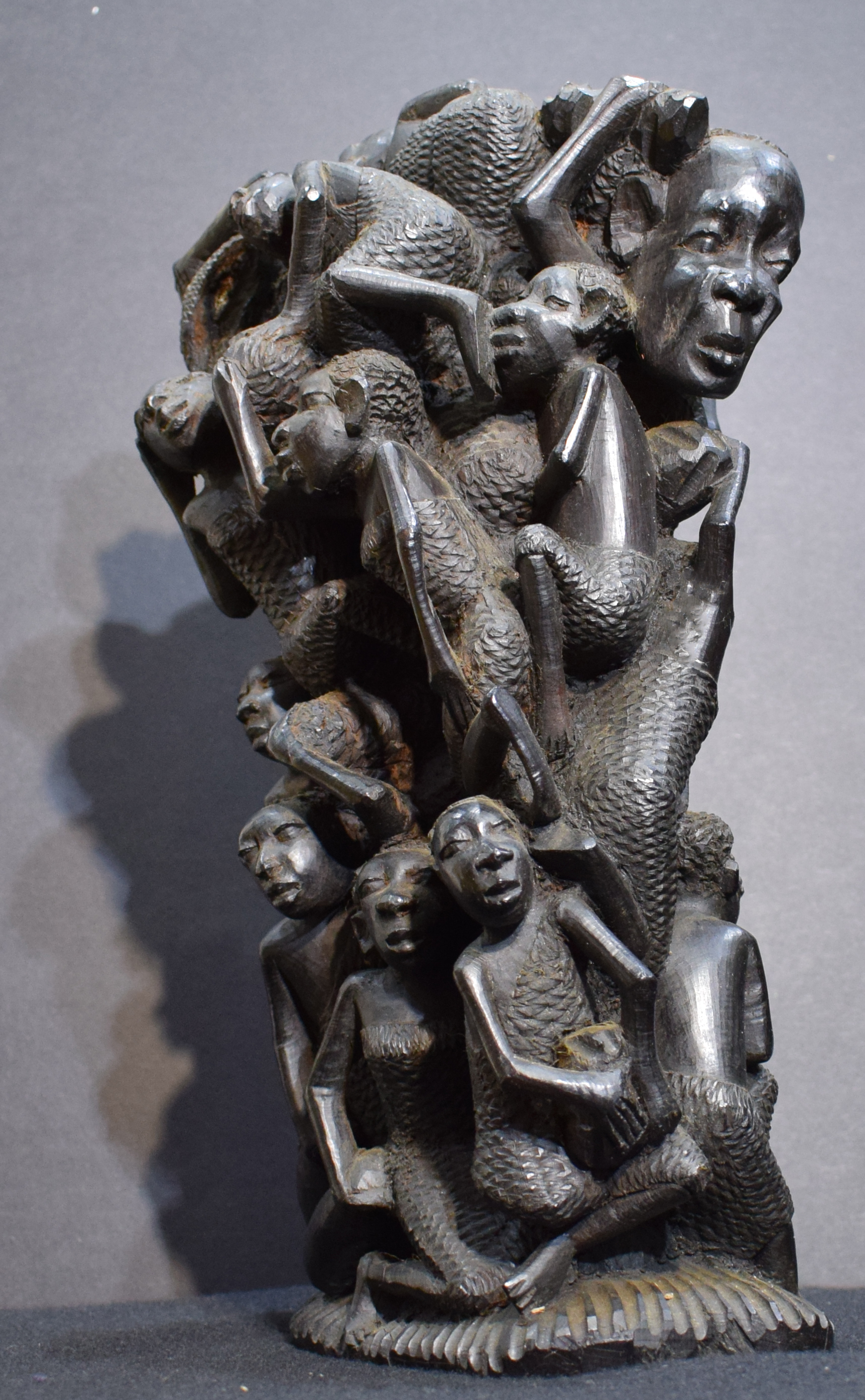
The ujamaa sculpture by a Makonde carver from Mozambique/Tanzania was exhibited at the Hidden Lane Gallery (Photo: the Hidden Lane Gallery)
The Hidden Lane Gallery
Founded in 2009, this area of Finnieston has undergone a massive change and now attracts many a young population of creatives. The Hidden Lane Gallery is located nearby the Hidden Lane itself: a cobbled lane housing artist’s studios and maker’s workshops. This lively hub also hosts musicians, designers, jewellery makers, writers, architects… almost every creative discipline that exists is welcomed here. Thus, the Hidden Lane gallery has the perfect location. Naturally inspired by the artists which surround it, and vice versa, the gallery exhibits work from well-known local artists as well as bringing artefacts and art from across the world to its walls. The atmosphere and international connections of both the area and the gallery epitomise the new era of Finnieston.
1081 Argyle Street, Finnieston
Voidoid Archive
Found in one of the arches under Partick railway station, this exhibition space and gallery is run by local Glaswegian artist, and Turner Prize nominee, Jim Lambie. Both the premises and programme showcase the city’s DIY art culture; the previous disused arch has been converted into a white canvas for chosen artists to exhibit. Collaborating with local artists and collectives, the result is an intriguing programme of unique events that account for different styles of art and voices. Opening times vary dependent on the exhibition, with opening nights regularly ending at neighbouring performance space and bar, The Poetry Club.
100 Eastvale Place, Partick
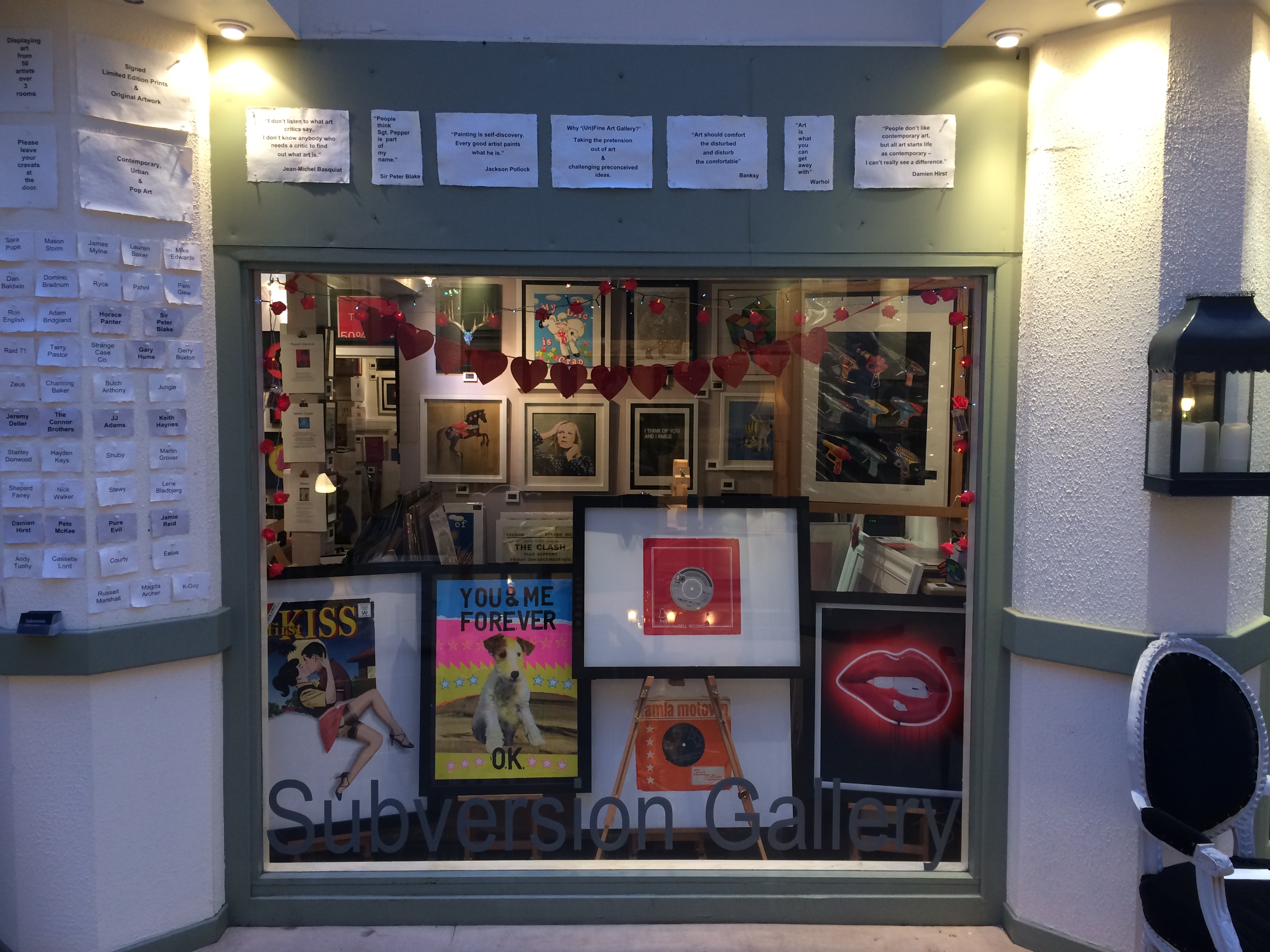
urban art has found the perfect home in the West End (Photo: Subversion Gallery)
Subversion Gallery
Urban art has always been popular in Glasgow, with Partick exhibiting the city’s mural trail and SWG3 hosting the Yardworks Street Art and Graffiti Festival. Surversion Gallery’s unique selection of urban art has found the perfect home in the West End’s Ruthven Lane, where you’ll also find shops dedicated to vintage fashion, second hand furnishings, comics and craft. The gallery exhibits work from urban artists and satisfies the genre’s contemporary popularity. Stopping by Subversion you’ll recognise some of the names and work here, with pieces from Jeremy Deller, David Bowie collaborator Terry Pastor and one-time portrait artists of the queen Christian Furr.
4 Ruthven Mews